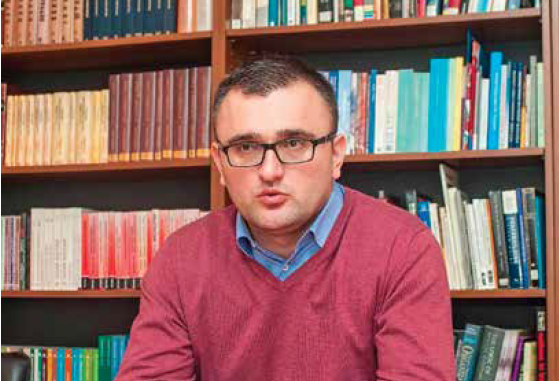The ruling party and the opposition have long been living in parallel realities, and the collateral damage of this process is growing apathy and propagation of political cynicism.

Photo: FONET
Providing there are no surprises, Serbian citizens will go to the polls on April 26th. This will be the twelfth parliamentary election, of which only the fourth regular (including the first multi-party elections in 1990). This will also be the seventh election since 2000 and after the fall of Slobodan Milošević (only the third regular), while citizens will vote for the fourth time in parliamentary elections in less than eight years (2012). In addition to the parliamentary election, provincial and local elections will be held on April 26th too.
What kind of atmosphere surrounds these elections?
Public opinion in Serbia reacts to this election with concerns related to the living standard, unemployment and corruption/crime, but also with a high percentage of citizens satisfied with the direction the country is taking (more than 40% of the population in Serbia, according to public surveys). Depopulation trends are pronounced, the average age is high (almost 20% of the population is over 65), and for the first time, Serbia’s population has dropped below 7 million. Such trends affect not only the electoral roll and the number of voters who have access to polling stations, but they also affect the political choices of citizens and the level of their political activism.
Part of the opposition in Serbia will boycott the election for the first time since 1997. Meanwhile, some of the parties boycotted voting in the 2006 constitutional referendum, and there have been different types of boycotts carried out in the region – in Albania, Montenegro and North Macedonia – with variable success. The Alliance for Serbia (SZS), the strongest oppositional political organization (their latest ratings are between 9% and 12%), is the driving force behind the boycott which it has officially announced at a gathering at the Kombank Hall.
In such circumstances, the election campaign will only mean a continuation of polarization in political life. The campaign will be brimming with emotions, political divides and mistrust. The ruling party and the opposition have long been living in parallel realities, and the collateral damage of this process is growing apathy and propagation of political cynicism.
The opposition expects the delegitimization of the government after this election, but it is difficult to say that the boycott will succeed in that respect. Firstly, there is no legal quota that says what constitutes successful or unsuccessful elections. Secondly, although lower turnout is expected (since 2000, the turnout in parliamentary elections in Serbia has not been less than 53% or 3.5 million voters), one should not expect a drastic decline as support for the ruling parties is quite stable. A more serious crisis can only occur in the absence of any sort of pluralism in the parliament, providing that only the ruling and minority parties go over the electoral threshold.
Bearing in mind earlier experiences and the practices of the Serbian Progressive Party (from 2014 onwards), we are going to see a shorter campaign, partly because the ruling party has been permanently campaigning already and partly because the opposition parties do not have the resources for a more serious electoral race. Lowering the electoral threshold from 5% to 3% is a premature move, made without a proper debate, which will further fragment the political scene, thus partially opening up the serious topic of electoral reform. The move is accompanied by other measures that can lead to several challenges, such as a different calculation of places in the parliament for minority lists (which will lead to a deviation in political representation), and no proper public debate about this issue.
It is very difficult to predict the election outcome today because we do not yet know who all the electoral stakeholders are or the arrangements in which they will take part, as we do not even know what the upcoming election campaign will look like. This is especially important because estimates suggest that half a million citizens (or even more than that) make their voting decision in the campaign’s photo-finish. It is certain, however, that there are only two electoral lists that will definitely exceed the threshold, namely those compiled by the SNS and the Socialist Party of Serbia (SPS). Legislative changes have been made to accommodate the political parties of national minorities, so it would be no surprise if they got more representation now compared to the previous parliament convocation. All other political organizations have to make a huge effort to reach the electoral threshold, despite it being reduced recently. We are talking about a minimum of 90,000 votes that will be required to win. In this black-and-white atmosphere, with small resources and no infrastructure, this threshold is not easily attainable.
The thing that is less spoken about or is trivialized in the public space is major consequences that will occur after the upcoming elections. Political life will look significantly different, it will turn more to the right and in the direction of Euro-skepticism, fragmentation will be expressed at all levels and especially at the local level, while the trend of empowerment of “soft” political organizations with insufficient capacity for the stronger articulation of opposition votes will continue.